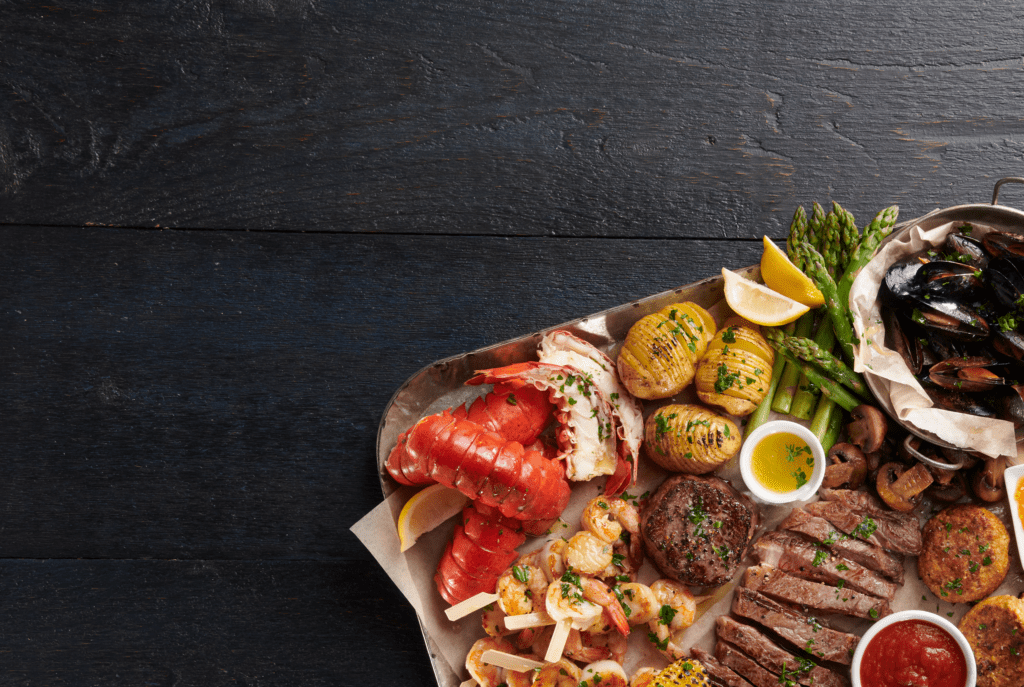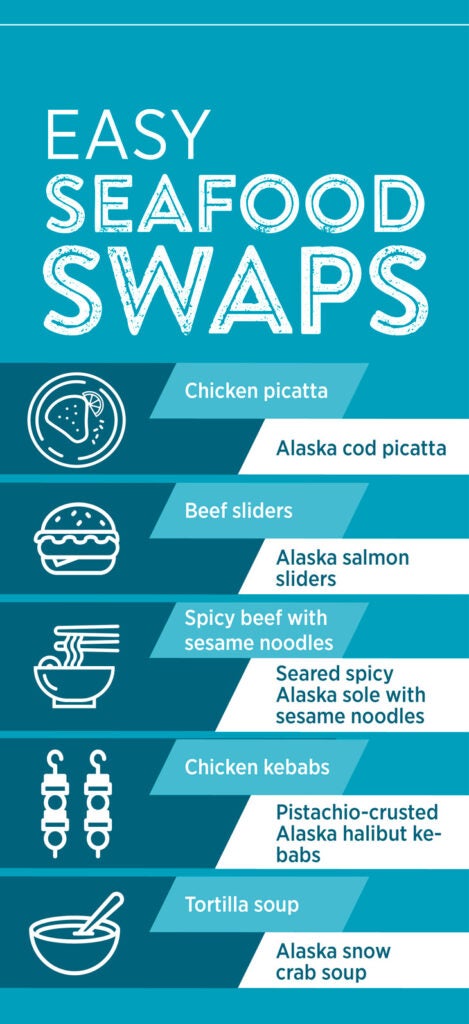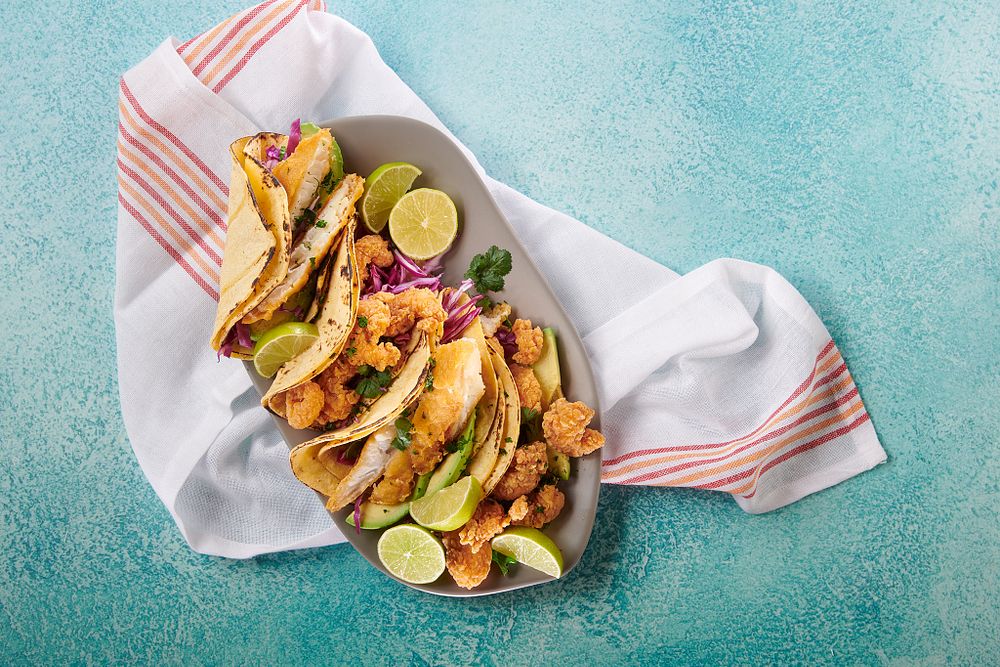If yours is like most restaurants, seafood sales went swimmingly during Lent. Now that Easter has passed, there’s no reason those sales should feel like they’re headed upstream.
A survey by Lifeway Research shows that 24% of people shift eating preferences from meat to seafood during Lent in observance of their faith. After abstaining from meat, it’s understandable why diners crave foods they’ve been avoiding. That doesn’t mean they stop liking seafood.
“If you had great results with a seafood product during Lent, you can still market that product and others afterward,” says Gordon Food Service Seafood Category Manager Kim Schievink. “You just need to remind people about all of the reasons they should choose it, whether it’s for the flavor, the health benefits or the sustainability.”
Here are some ideas that can help keep diners on board when it comes to choosing seafood.
Keep it Special
“Seafood is a big reason people choose to go to restaurants,” Lawnzak says. “People don’t want to try making seafood at home—they’re afraid they’ll mess it up, or they don’t like the smell in their kitchen.”
Most restaurants run fish and seafood specials during Lent. Why stop, asks Dana Lawnzak, Senior Director of Marketing at Trident Seafoods. Either stick with what was popular during Lent or consider new varieties to increase curiosity. Making them limited-time offers (LTOs) or weekly specials can drive urgency and offer a quick way to measure whether a seafood swap dish deserves a permanent menu spot.

Winning Seafood Selections
Supercharge your seafood menu (and your profits!) this season and beyond. Our expert team has hand-picked the must-have products to elevate your dishes and keep customers coming back for more. Ready to see what they recommend? Discover the top picks. Not yet a customer? Join us today and unlock exclusive access to these game-changing products. Become a customer.
Paint a Picture With Storytelling
Halperns’ Steak and Seafood reminds operators that diners come back again and again to eat something they can’t get anywhere else. That “something” can be as simple as a story that takes the food above and beyond.
To achieve this, try printing a separate menu page or insert for specials or seafood swap creations to emphasize the rare opportunity. Instead of listing “market price,” which sounds expensive, call it your Live Lobster Special and talk about the fishing method, the ocean of origin and the limited-time availability. And, because you’re using a separate page, you can change the description, the ingredient list and the price as needed.
Don’t limit this practice to exotic seafood, Lawnzak notes. Listing the name of the beer used in your beer-battered fish, describing the origin of the seasonings or explaining the chef’s cooking technique can help tell a unique story, boosting sales.
Think Healthy, Think Seasonal
For diners looking to cut calories or eat omega-3 rich selections, seafood is a great choice. Schievink points to the Alaska Seafood Swap Meat campaign as a way to capitalize on this “better for you” approach by substituting seafood for red meat on the menu.
Seafood is always in season, Schievink says, but certain varieties are best during certain months. That’s a good reason to pair fish offerings to the season. Lighter fish and seafood salads are popular choices during the summer months, while fried fish and heartier entrees are more popular during cooler months.
Fresh, never-frozen seafood varieties are always available from Halperns’. This makes it easy to put seasonally available fresh fish on the menu.

Dive Into Sustainability and Versatility
People who like fish for its health halo are likely to love it for its sustainability, Lawnzak says. An ASMI survey shows 40% of millennials expect restaurants to offer sustainable seafood, and Alaska Seafood fisheries and others can offer this benefit, which can be noted on the menu or added to the story you tell about your seafood.
Another benefit seafood swaps present is versatility. It can be prepared in so many ways—fried, sautéed, grilled, breaded, battered, steamed, seared, baked, marinated, smoked … you get the idea. It also can be presented almost anywhere on the menu, from appetizers and salads to sandwiches, sides and entrees.
“You can grill it or fry it, place it in a wrap or serve it in a bowl—poke bowls are one of the fastest-growing seafood menu offerings out there,” Lawnzak says, referring to the Hawaiian comfort food dish. California roll salads using surimi is another great option.
Whatever you do, she says, don’t overlook the opportunity to set your seafood apart from the competition. Using words like “wild” and “fresh” and “Alaska” can add to the perceived value and increase interest in seafood swaps all year long.




























